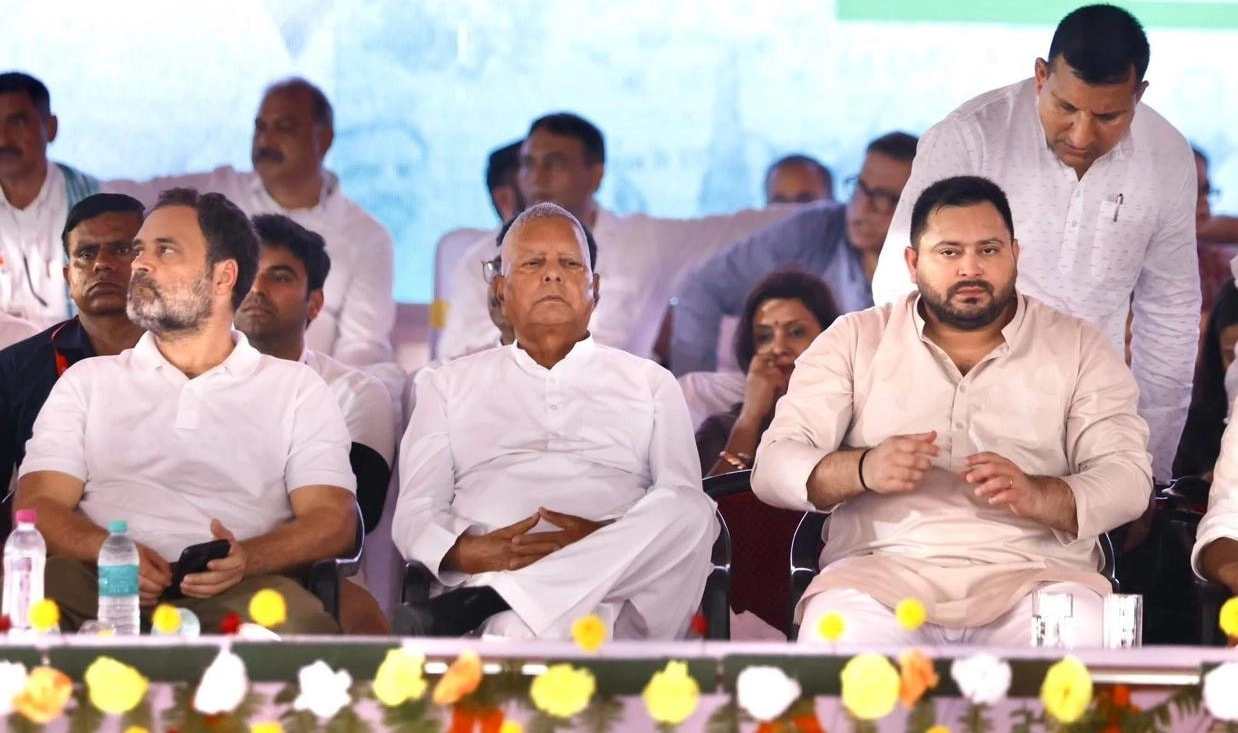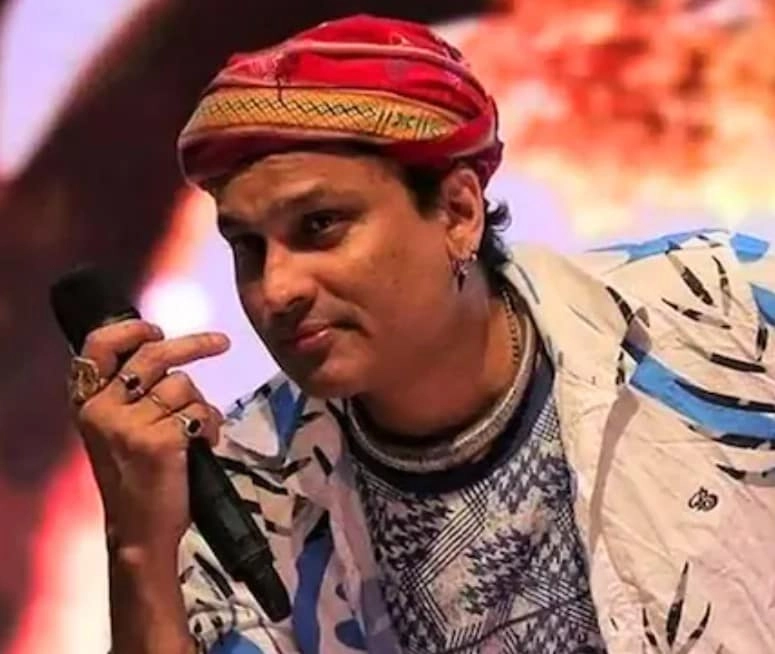In a surprising turn of events amid the political landscape of Bihar, Lalu Yadav’s daughter has chosen to unfollow both her father and her brother, Tejashwi Yadav, on social media platforms. This action comes at a critical time, just ahead of the upcoming elections, raising eyebrows and igniting speculation about familial rifts within the prominent Yadav political family. Lalu Prasad Yadav, a veteran politician and the leader of the Rashtriya Janata Dal (RJD), has been a significant figure in Bihar politics for decades. His family, including Tejashwi Yadav, who is currently a key player in the state assembly and serves as the leader of the opposition, has often been in the limelight, both for their political engagements and their personal dynamics.
The decision by Lalu’s daughter to unfollow them could be interpreted in various ways. Social media has become a powerful platform for political expression and personal branding, and such actions often signify underlying tensions or disagreements. In the context of the Yadav family’s political ambitions, this move may hint at differences in opinion regarding strategies or policies as they prepare for the electoral battle ahead. Tejashwi Yadav, as a young leader, has been striving to carve out his own identity and appeal to the youth, which might not align with the traditional approaches championed by Lalu Yadav. This divergence could potentially lead to conflicts, especially with the high stakes of the elections looming.
While unfollowing family members on social media might seem trivial to some, in the realm of politics, it can have broader implications. Supporters and party workers often look to family dynamics as indicators of unity or discord within a political party. The timing of this unfollowing, just before the polls, raises the question: is there an impending schism within the RJD that could influence their electoral performance? The Yadav family has historically relied on a united front to mobilize their base, and any signs of disunity could be exploited by rival parties. As the elections draw closer, observers will be keenly watching how this situation unfolds and whether it affects the party’s cohesion and strategy.
In conclusion, Lalu Yadav’s daughter unfollowing him and Tejashwi on social media is more than just a personal choice; it serves as a microcosm of the larger challenges the RJD may face in the upcoming elections. With a history of strong familial ties in politics, this development could signify deeper issues that may either hinder or shape the party’s campaign strategies. As political analysts and party loyalists alike speculate on the ramifications of this digital gesture, the Yadav family’s ability to navigate this situation will be crucial in maintaining their influence in Bihar’s ever-evolving political landscape.




